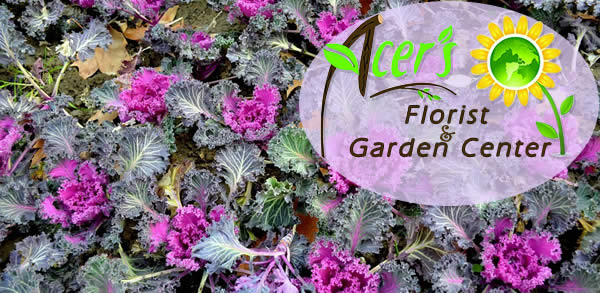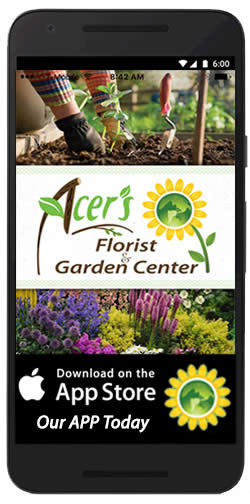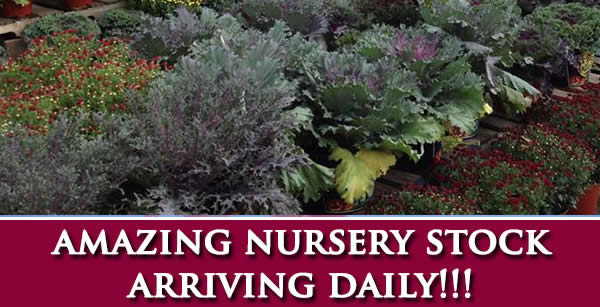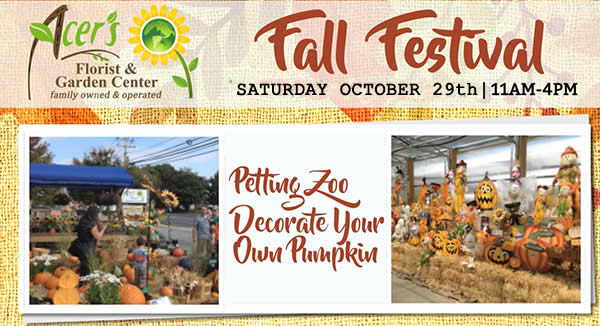
Pumpkins are thought to have originated in the ancient Americas,
although the pumpkins of that time would probably not be recognizable
as such today. Related to squash, gourds and melons, the early
pumpkin had a crooked neck and was particularly valued because it
stored well. Archeological digs have shown that pumpkins were
cultivated by Native Americans along river and creek banks along with
sunflowers and beans.
Pumpkins helped sustain Native Americans through many a long, cold
winter. They prepared the sweet flesh in a variety of ways including
roasting, baking, parching, boiling and drying. But the flesh was not
the only part of the fruit that was used; the blossoms were added to
stews and pumpkin seeds were consumed and also used for medicinal
purposes. In addition, dried pumpkin was often ground into flour.
The pumpkin was used for non-food purposes as well. The shells were
dried and used as bowls and containers in which to store grain, beans
and seeds. Dried pumpkin flesh was also pounded thin and cut into
strips, which were then woven into mats that were later used for
trading.
Christopher Columbus encountered the pumpkin when he visited America.
He transported some seeds back to Europe with him. The seeds were
used to feed pigs, but not as a human food source at that time.
Most of us are aware of the story of how the Native Americans
introduced the Pilgrims to many local foods which helped sustain them
through the subsequent--sometimes brutal--winters. Pumpkins were one
of these foods; they proved a valuable resource because of their
ability to be stored for long periods of time without spoiling.
Pumpkins were served at the second Thanksgiving celebration, but not
in the pie form so popular today. The Pilgrims cut off the top of the
pumpkin, scooped the seeds out and filled the cavity with cream,
honey, eggs and spices. The top was then replaced and the pumpkin was
buried in the ashes of a cooking fire. The custard-like contents were
then eaten along with the cooked flesh.
Another popular Pilgrim recipe was pumpkin beer, which was a fermented
concoction of persimmons, hops, maple sugar and pumpkin.
The hollowed out shell of the pumpkin was used as a template for
Pilgrim haircuts. As a result of this practice, New Englanders were
sometimes called "pumpkinheads."
Today, one of the primary uses for pumpkins is as carved
jack-o'-lanterns during Halloween. It was not always so. The earliest
jack-o'-lanterns were carved from turnips and potatoes (by the Irish
and Scottish) and beets (by the English). Lumps of coal were lit on
fire and placed inside the hollowed-out vegetables. When European
settlers came to America, they found a new favorite for this
practice--the pumpkin. Pumpkins proved far superior to their earlier
counterparts by virtue of their strong walls and large hollow cavity.
Today, pumpkins are available in all colors and sizes, further
expanding their uses as a decorative element as well as a food
source. From miniatures to huge specimens, there is a pumpkin to fit
every need.
Click to print this article.





















